When it comes to electrical safety in hazardous environments, Class 1 Division 2 Receptacles play a crucial role. These specialized receptacles are designed to withstand the unique challenges posed by flammable gases, vapors, or combustible dust, providing a safe and reliable connection point for electrical equipment.
Class 1 Division 2 Receptacles are essential components in various industries, including chemical processing, petrochemical, and manufacturing, where the presence of hazardous substances poses a significant risk.
Define Class 1 Division 2 Receptacle
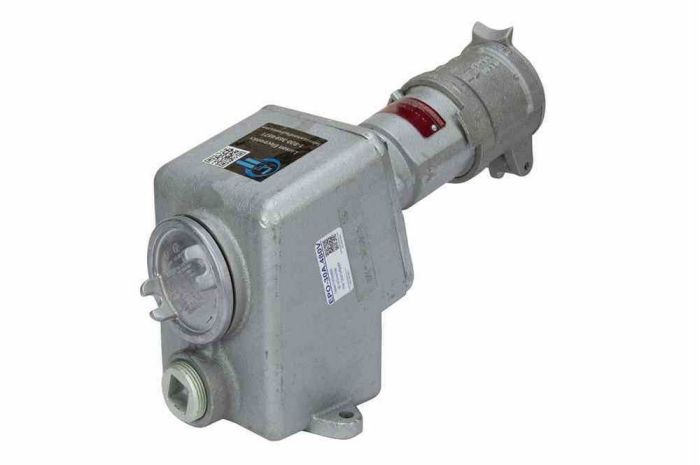
Class 1 Division 2 Receptacles are electrical outlets specifically designed for hazardous locations where flammable vapors or gases may be present but are not likely to be continuously present in the air in dangerous quantities.
These receptacles play a crucial role in ensuring safety in such environments by preventing sparks or arcs from igniting flammable substances, potentially leading to explosions or fires.
Importance of Class 1 Division 2 Receptacles
Class 1 Division 2 Receptacles are essential in industries such as chemical plants, oil refineries, paint shops, and grain elevators, where flammable vapors or gases may be present occasionally or during maintenance or repairs.
By using these specialized receptacles, businesses can minimize the risk of explosions or fires, ensuring the safety of workers and property.
Features and Specifications
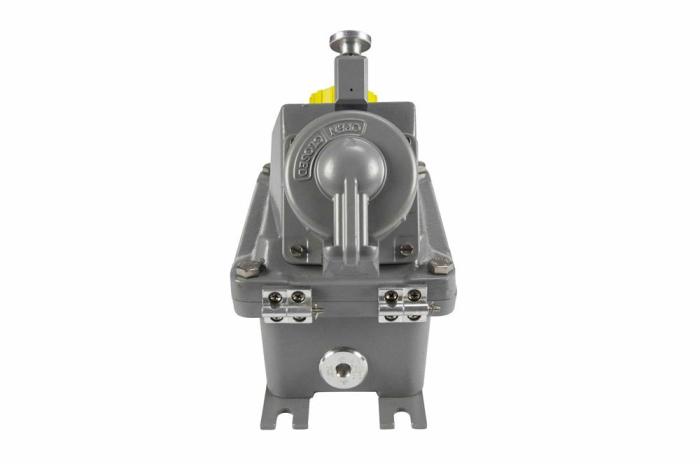
Class 1 Division 2 Receptacles boast a range of distinctive features and specifications that cater to the stringent demands of hazardous environments.
These features play a pivotal role in ensuring durability, safety, and compliance with regulatory standards. Let’s delve into the key aspects of these receptacles:
Durability
- Constructed from robust materials like stainless steel or aluminum to withstand harsh conditions.
- Designed with rugged construction to endure impact, vibration, and corrosion.
- Equipped with weatherproof seals to prevent moisture and dust ingress, ensuring reliable operation in demanding outdoor environments.
Safety Ratings
- Comply with stringent safety standards such as UL 514B, ensuring compliance with electrical codes and regulations.
- Possess explosion-proof ratings to prevent ignition of flammable gases or vapors in hazardous areas.
- Incorporate ground fault circuit interrupters (GFCIs) to protect against electrical shocks in wet or damp environments.
Certifications
- Obtained certifications from reputable organizations like CSA, ATEX, and IECEx, ensuring adherence to international safety standards.
- Compliance with these certifications guarantees the product’s reliability and suitability for use in hazardous locations.
- Provides peace of mind and confidence in the safety and performance of the receptacle.
Types of Class 1 Division 2 Receptacles
Class 1 Division 2 Receptacles come in various types to meet specific application requirements:
- Straight-blade receptacles for standard electrical connections.
- Locking receptacles to prevent accidental disconnection of critical equipment.
- Weatherproof receptacles designed for outdoor applications.
- Receptacles with built-in switches for convenient control of power.
- Receptacles with tamper-resistant features to prevent unauthorized access.
Applications and Use Cases
Class 1 Division 2 Receptacles are designed for use in hazardous locations where flammable gases, vapors, or liquids may be present in sufficient quantities to create a fire or explosion hazard. These receptacles are commonly used in various industries and environments, including:
- Chemical plants
- Petrochemical facilities
- Refineries
- Paint shops
- Automotive repair shops
- Grain elevators
- Pharmaceutical manufacturing
In these applications, Class 1 Division 2 Receptacles provide a safe and reliable means of connecting electrical equipment to the power source. They are designed to prevent the ignition of flammable substances by ensuring that any sparks or arcs generated within the receptacle are contained and dissipated safely.
Case Study
In a chemical plant, Class 1 Division 2 Receptacles were installed in an area where flammable vapors were present. The receptacles were used to power lighting fixtures and other electrical equipment. By using Class 1 Division 2 Receptacles, the plant was able to ensure that the electrical equipment would not ignite the flammable vapors, thus preventing a potentially catastrophic explosion.
Installation and Maintenance
Proper installation and maintenance are crucial for the safe and efficient operation of Class 1 Division 2 Receptacles.
Installation
* Install receptacles in accordance with the National Electrical Code (NEC) and all applicable local codes.
- Mount receptacles securely on a stable surface, ensuring proper grounding.
- Use appropriate sealing fittings and gaskets to prevent the ingress of dust, moisture, or gases.
- Install receptacles away from sources of ignition, such as sparks or open flames.
Maintenance
* Inspect receptacles regularly for any damage, corrosion, or loose connections.
- Test receptacles using a ground fault circuit interrupter (GFCI) to ensure proper grounding.
- Clean receptacles with a non-abrasive cloth and mild detergent, ensuring they are completely dry before re-energizing.
- Replace any damaged or malfunctioning components immediately.
Safety and Compliance: Class 1 Division 2 Receptacle
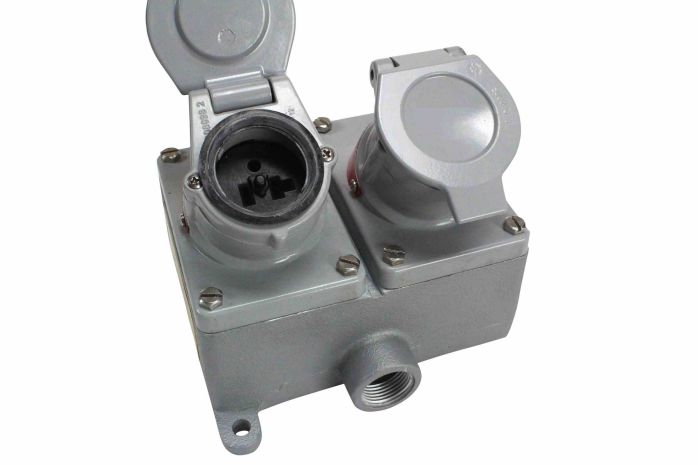
Class 1 Division 2 Receptacles adhere to stringent safety regulations and standards to ensure the safety of users and the surrounding environment in hazardous locations. These regulations aim to minimize the risk of explosions or fires caused by electrical sparks or arcs.
Complying with these regulations is crucial for ensuring the safety and proper functioning of electrical equipment in hazardous areas. Failure to adhere to these standards can result in severe consequences, including equipment damage, property loss, or even injuries to personnel.
Industry Certifications and Approvals
Class 1 Division 2 Receptacles undergo rigorous testing and evaluation by independent certification bodies to ensure they meet the required safety standards. These certifications provide assurance that the receptacles have been designed and manufactured to the highest quality and safety specifications.
- UL (Underwriters Laboratories):UL is a globally recognized safety certification body that tests and certifies electrical equipment for compliance with safety standards.
- CSA (Canadian Standards Association):CSA is a Canadian certification body that develops and administers safety standards for electrical products.
- ATEX (Atmosphères Explosibles):ATEX is a European directive that defines the essential health and safety requirements for equipment and protective systems intended for use in potentially explosive atmospheres.
Advantages and Benefits
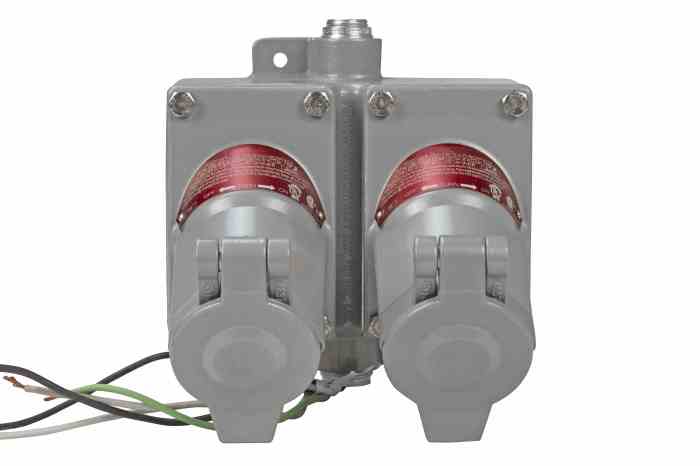
Class 1 Division 2 Receptacles offer several advantages and benefits, making them an ideal choice for hazardous environments.
These receptacles enhance safety by preventing electrical fires and explosions. They are designed to withstand harsh conditions, such as dust, moisture, and flammable vapors, ensuring reliable operation in potentially dangerous environments.
Enhanced Safety
- Designed to prevent electrical fires and explosions in hazardous environments.
- Withstand harsh conditions, including dust, moisture, and flammable vapors.
- Ensure reliable operation in potentially dangerous environments.
Increased Reliability
- Built to withstand extreme temperatures and vibrations.
- Provide consistent power supply, even in challenging conditions.
- Reduce downtime and maintenance costs associated with electrical failures.
Improved Efficiency
- Optimize energy consumption by reducing power losses.
- Allow for efficient use of electricity, even in demanding applications.
- Contribute to overall cost savings and environmental sustainability.
Comparison to Other Receptacles
Compared to standard receptacles, Class 1 Division 2 Receptacles offer superior safety and reliability features. They are specifically designed for hazardous environments, ensuring compliance with safety regulations and preventing potential accidents.
Unlike general-purpose receptacles, Class 1 Division 2 Receptacles are constructed with durable materials and protective enclosures, making them resistant to dust, moisture, and flammable vapors.
Electrical safety is crucial, especially when dealing with class 1 division 2 receptacles. Understanding the complexities of electrical systems can be daunting, but it’s essential to ensure safety. For those looking to enhance their knowledge in mathematics, the algebra 2 sol practice test offers a comprehensive resource.
Returning to the topic of class 1 division 2 receptacles, proper installation and maintenance are vital for preventing electrical hazards.
Considerations and Limitations
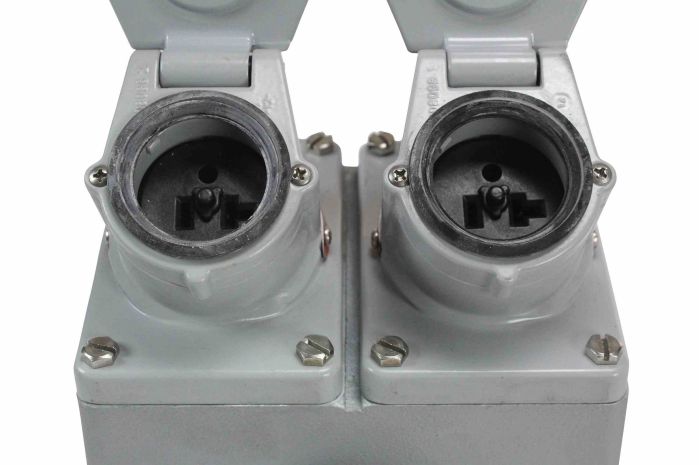
Class 1 Division 2 Receptacles offer numerous advantages but also come with certain considerations and limitations:
Installation Restrictions
These receptacles require careful installation to maintain their hazardous location rating. Proper grounding and sealing are crucial to prevent sparking and potential ignition sources.
Environmental Conditions
Class 1 Division 2 Receptacles are designed for specific environmental conditions, including temperature range, humidity levels, and presence of corrosive substances. Deviations from these conditions may affect their performance and safety.
Application Limitations
Not all electrical equipment can be used with Class 1 Division 2 Receptacles. Only equipment rated for use in hazardous locations should be connected to these receptacles to prevent potential hazards.
Maintenance and Inspection, Class 1 division 2 receptacle
Regular maintenance and inspection are essential to ensure the continued safe operation of Class 1 Division 2 Receptacles. Proper cleaning, testing, and replacement of worn components are crucial to maintain their integrity.
Cost Considerations
Class 1 Division 2 Receptacles typically cost more than standard receptacles due to their specialized design and safety features. This cost factor should be considered when selecting the appropriate receptacle for specific applications.
Future Trends and Innovations
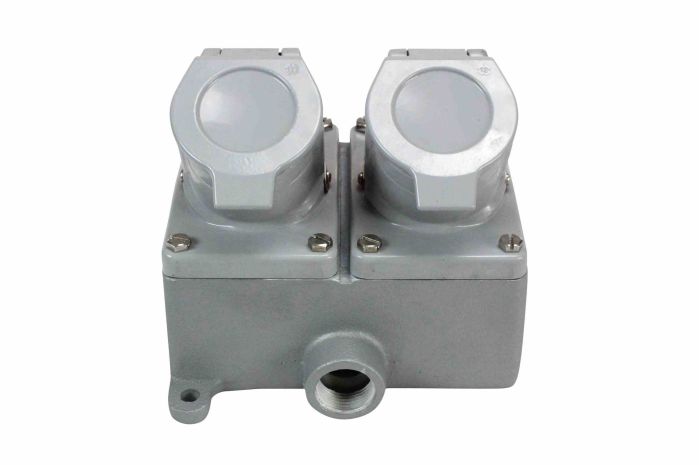
The future of Class 1 Division 2 Receptacles is characterized by advancements in technology, design, and functionality. Emerging trends include:
- Increased Use of Smart Technology:Integration of sensors, wireless connectivity, and IoT capabilities allows remote monitoring, predictive maintenance, and enhanced safety features.
- Improved Durability and Reliability:Innovations in materials and manufacturing techniques enhance the longevity and robustness of receptacles in harsh environments.
- Enhanced Safety Features:Advanced safety features such as arc fault detection, ground fault protection, and tamper-resistant designs provide increased protection against electrical hazards.
- Expanded Applications:The versatility of Class 1 Division 2 Receptacles continues to expand, with new applications in industrial automation, hazardous locations, and critical infrastructure.
FAQ Insights
What are the key features of Class 1 Division 2 Receptacles?
Class 1 Division 2 Receptacles are designed with specific features to meet the demands of hazardous environments. These features include explosion-proof construction, durable materials, and grounding mechanisms to ensure safe operation.
Where are Class 1 Division 2 Receptacles commonly used?
Class 1 Division 2 Receptacles are commonly used in industries where flammable gases, vapors, or combustible dust are present, such as chemical processing plants, petrochemical facilities, and manufacturing workshops.
How do Class 1 Division 2 Receptacles enhance safety?
Class 1 Division 2 Receptacles enhance safety by preventing the ignition of flammable substances in hazardous environments. Their explosion-proof construction and grounding mechanisms ensure that electrical sparks or arcs are contained within the receptacle, eliminating the risk of ignition.